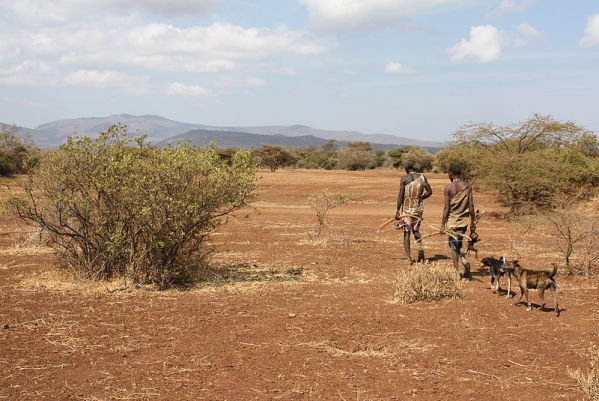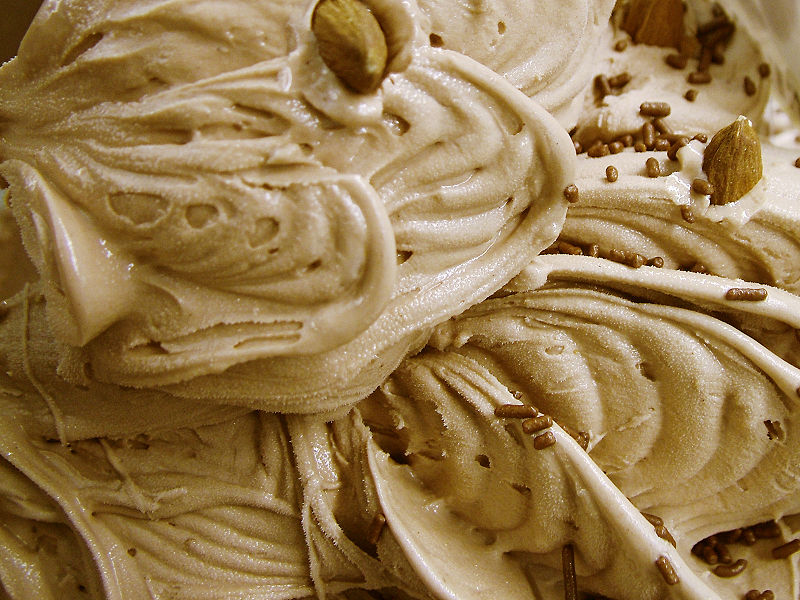The Paleolithic Diet, Part I: A New Look at Our Oldest Diet
 Monday, December 10, 2012 at 09:06PM
Monday, December 10, 2012 at 09:06PM According to Duke University and the CDC, 42% of Americans will be obese by 2030. Despite advances in health care, the number of people with diabetes, heart disease, stroke, Alzheimer’s disease, and other modern diseases continues to increase. What is going wrong?
Some attribute the increase in obesity, an underlying factor in many of the modern diseases, to a lack of will power, a puzzling argument that fails to explain the increasing body mass over the past three decades. Others blame easy availability of food and lack of exercise: we take in too many calories and don’t burn enough. The simplistic solution proposed: eat less and exercise more. While our sedentary lifestyle contributes to obesity, the real culprit is low-quality fuel. We chose, and are surrounded by, low quality foods. Physical anthropologist Gary J. Sawyer puts it simply:
“We do not know how to eat properly. We feed ourselves, but we fail to give ourselves proper nutrition.”
A new look at our oldest diet
Fortunately, we are beginning to understand the underlying factors triggering modern diseases, among them, chronic inflammation. According to the December 2010 Science journal:
“Over the past decade it has become widely accepted that inflammation is a driving force behind chronic diseases that will kill nearly all of us. Cancer. Diabetes and obesity. Alzheimer’s disease. Artherosceloris. Here, inflammation wears a grim mask, shedding its redeeming features making sick people sicker.”
The typical Western diet is inflammatory; the diet of our Paleolithic ancestors was non-inflammatory. While the agricultural revolution around 10,000 years ago, and animal husbandry a few thousand years later, led to modern civilization, they also began to undermine our health. We became shorter and developed bone mineral disorders and nutritional deficiencies. We became less robust and developed smaller jaws. As summarized in a recent study: “Early Farmers Were Sicker and Shorter Than Their Forager Ancestors.”
What is the Paleo diet?
Interest in the ancestral human diet is growing. For over 180,000 years before agriculture, our diet was simple, yet more varied than the modern diet. Loren Cordain, professor of Health & Exercise Science at Colorado State University and one of the world’s leading experts on Paleolithic nutrition, has analyzed the diets of over 200 hunter-gatherer societies and described the ancestral diet in two recent books: The Paleo Diet and The Paleo Answer.
Our pre-agricultural ancestors “ate no dairy,” which triggers the immune system and causes a similar rise in insulin as white bread. Except in conditions of starvation they did not eat grains. Unlike ruminants, humans can’t ferment grains and only extract significant energy from grains when processed.
The role of grains as a cause of inflammation is coming under greater scrutiny. While gluten allergy and sensitivity are recognized conditions, only recently are we recognizing that gluten can affect the nervous system and in some people cause gluten ataxia, gluten spinal inflammation, and gluten neuropathy.
The non-inflammatory Paleolithic diet consists of varying amounts of lean meats, fish, seafood, vegetables, fruits, tubers, nuts and berries and significantly reduces, or eliminates, grains and dairy.
Vegetables are “rich in a long list of nutrients,” and, per calorie, non-starchy vegetables have seven times the fiber of whole grain cereals. The typical modern diet contains “a measly 8 grams” of fiber “compared to 47 grams on the Paleo Diet.”
Fruits are “almost as nutrient dense as vegetables.” Dr. Cordain believes you “have to consume huge amounts to get much fructose.”
Fish and shellfish are rich in fatty acids crucial to nervous system function. It is probably not a coincidence the first signs of human consciousness 70,000 years ago were produced by ancestors living next to the sea and thriving on a diet rich in fish and seafood.
Meats have twice the “thermic effect” of fat or carbohydrate (they increase metabolic rate) and have the highest “satiating value” (satisfy hunger). Meats increase good HDL cholesterol, are the best source of iron, B12, and zinc, and are rich in the building blocks of enzymes and brain neurotransmitters.
The right fats are essential to human health. Unfortunately, the typical diet tilts heavily to saturated fats. Cordain’s laboratory found “that despite their high meat content, modern-day Paleo diets actually contain lower quantities of saturated fats than are found in the typical U.S. diet. Two-thirds of all of the saturated fats that Americans consume come from processed foods and dairy products.”
(Article initially published in Living Well magazine)
Part 2 will review the developing medical evidence favoring the Paleolithic diet.



